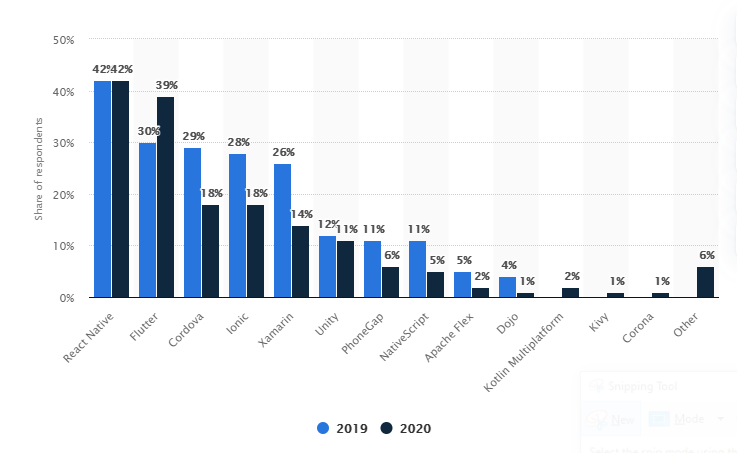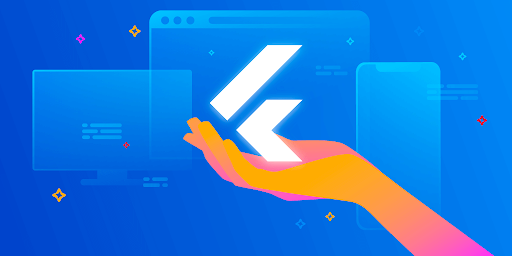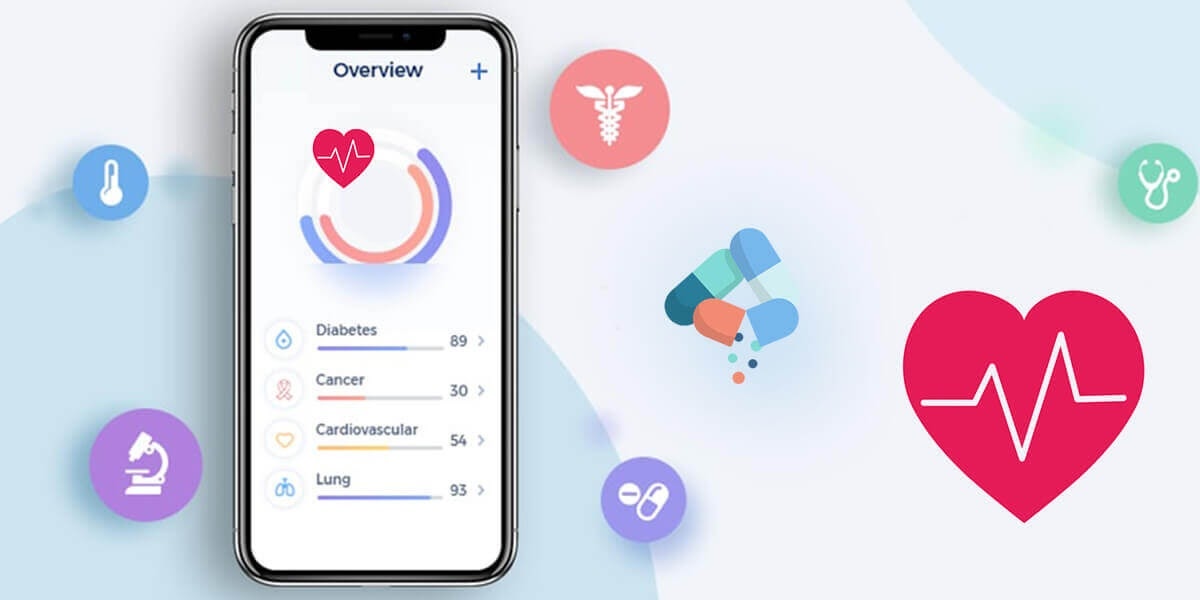The world of mobile app development is fast-paced, competitive, and time-driven. The community of developers is constantly searching for new tools, frameworks, and libraries, which can help them keep up with ever-growing, agile business needs.
Realizing this, many technology giants are coming up with toolkits that simplify mobile app development. Flutter by Google is a promising framework aimed at making cross-platform app development more straightforward.
According to the latest app development stat, Flutter is the second most popular cross-platform mobile framework by developers worldwide. It also states that 39% of coders use Flutter, an increase of 9% from the previous year.

There are a lot of benefits of using Flutter to build your application. In this post, I am going to discuss some of the top 5 reasons to choose Flutter for mobile app development. Keep reading until the end to find out more on this.
Here we go…
What is Flutter: A Brief Introduction
Flutter is an open-source mobile UI framework. This is a platform to build ‘Create Once, Use Anywhere’ UI components, i.e., a codebase can be used to create a frontend for multiple platforms. Flutter includes two major components:
A Software Development Kit: The SDK comprises tools that help develop the applications, such as tools to compile code into native machine code.
A Framework with UI Library: It is a collection of reusable UI components (sliders, buttons, text input, etc.) that help build an app with less time to market.
Top Reasons for Choosing Flutter for Mobile App Development
There are many benefits of using Flutter for your app development for small and large-scale businesses. It stands out as a popular cross-platform application development framework by many mobile app development companies.
Here I will list some of the key reasons to choose Flutter for mobile app development. Let’s check out.
#1 Open Source
Flutter is an open-source code software development toolkit from Google. It provides easy posting of issues and access to documentation from open developer forums.
It helps programmers learn and grow with a constantly changing population of developers who actively contribute to the platform. This increases the developer’s efficiency and productivity and results in less time and cost for the entire project.
Moreover, it also comes with desktop support, using which Flutter source code can be compiled into a native Mac OS desktop app. In addition, Flutter is said to support Google-owned OS-Fuchsia in the future. Overall, Flutter will be a big deal for building cross-platform apps for mobile, web, and desktop.
#2 Faster Time to Market
Flutter comes with a benefit called “Hot Loading” which helps speed up the development cycle. This feature saves around 30 to 40 percent of development time where developers can manifold their productivity immediately.
Instead of restarting the app after any changes to the code, developers can only see the emulator’s changes. Therefore, all those minutes waiting for the app to be rebuilt can be used productively by developers, thereby promoting the app development cycle.
Also, apps using Flutter take less time for quality assurance. Since code tested on one platform does not require testing for another, Flutter saves about 50% of the testing time and ensures the app’s fast-to-market.
#3 Code Architecture
The code’s final response and performance are not affected by the number of nested objects in the Flutter. This is due to the absence of frequent calls when processing the layout.
For example, if a lot of an application is compiled into a native application, an app’s performance will be affected. Contrary to this, Flutter allows for a lot of widgets on board supporting UI / UX design of any style and complexity. So to create a great quality flutter app you can hire flutter app developers at affordable rates.
Dart, the language used to code in Flutter, is strongly constructed and object-oriented. It uses an algorithm to check the correctness of the code.
It supports multithreading, where threads are called isolates. Code written in DART can be compiled in the native language to improve application performance.
#4 Performance

Flutter is one of the highest-performing frameworks compared to native languages, and it wins over other cross-platform technologies’ landslides.
The standard is 60 fps (frames per second) , and this alone is relatively high. Flutter uses a JavaScript bridge to make the screen start smoothly to be displayed readily.
Specialized developer tools such as Dart Analysis and Flutter Inspector assist programmers analyze their code and keep up with performance standards. Also, you can find similar tools in Android Studio that will help you optimize and debug your code.
Flutter gives mobile app development an edge in terms of performance, looks, and feels of UI components, and can also be used for web and desktop development.
#5 Build Versatile Apps

Flutter comes with a collection of built-in widgets that are combined to form an app. This proprietary set of widgets can be customized to create UI blocks. Flutter widgets have attentiveness for visual details, which is why some leading brands use them for app development.
In addition, Flutter is used to build apps in various domains. Education, entertainment, utilities, eCommerce, social, health, and fitness are some of the domains in which Flutter is relied upon for an impressive UI.
Wrapping Up
There are a lot of reasons that Flutter should be your first choice for developing a mobile application. It is becoming prevalent due to its significant benefits. You can read all about it in the post.
It will guide you in making the right decision for building new mobile applications. Even if you are still confused and cannot drive conclusions, you must contact a top flutter app development company in India. I am sure they will properly guide you about Flutter development services.

